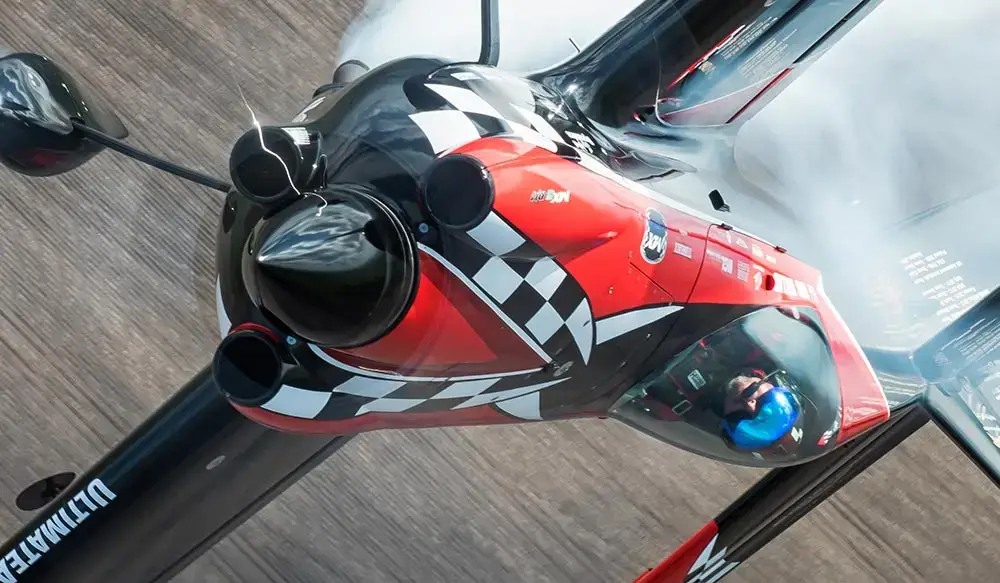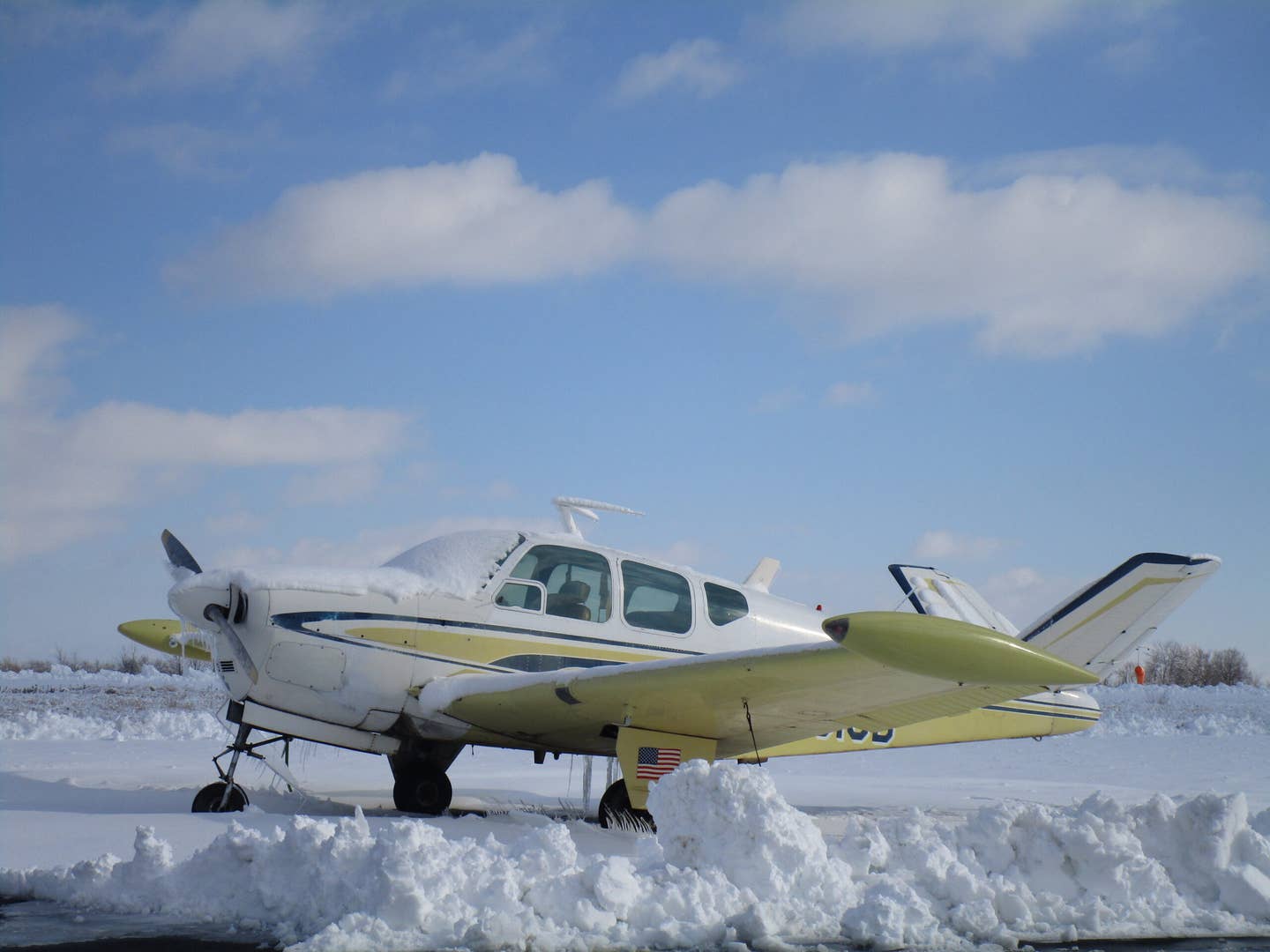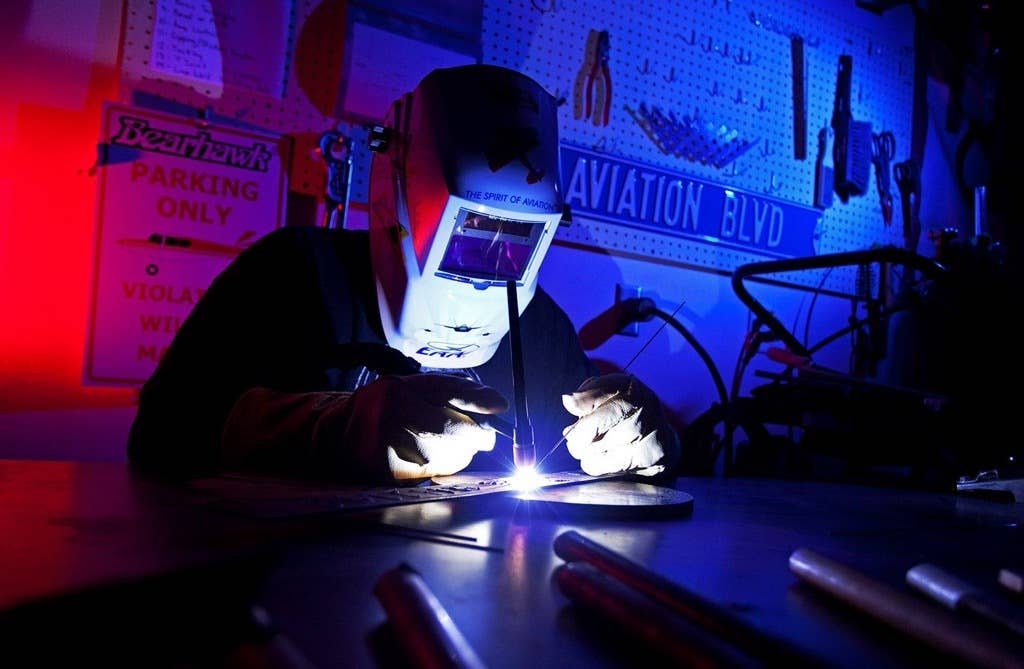Understanding the Dallas Midair Disaster
The collision between two vintage aircraft that killed six happened in a context few understand well.
The midair collision last weekend (November 12, 2022) between two World War II vintage aircraft, a Boeing B-17 Flying Fortress bomber and a Bell P-63 Kingcobra fighter at a Dallas airshow claimed the lives of six, five on the Boeing bomber and the solo pilot of the fighter.
For those in the world of vintage military aircraft, known universally within aviation as "warbirds," the event was nothing out of the ordinary. And the tragedy notwithstanding, there were precautions in place that helped prevent the tragedy from being worse that it was.
What is a warbird?
Warbirds are retired military aircraft that have been restored, largely by civilian owners who purchase the planes on the open market, almost always after the military has retired the model. With hundreds of thousands of American planes built for World War II, following that global conflict, most of those planes were soon either no longer needed, obsolete in the wake of new technology or both. There's no official definition of a warbird. Most warbirds are maintained in non-flying condition as museum displays, but thousands of them are kept in flying condition, part of a commitment by aviation historians to keep the planes flying and not just part of a static display.
Everything from training aircraft to executive transports can be flown as warbirds. The cost of restoring, operating and maintaining these aircraft, many of which are more than 70 years old, is high, and when it comes to larger planes, like the B-17 that was lost in Dallas, those costs are astronomical. The engines alone, large, multi-row radial piston models many out of production for more than 50 years, are prohibitively expensive to fly behind and to care for. Aviation gas costs by themselves are staggeringly high. So while regular (though reasonably affluent) owners can operate small, single-engine, trainers and observation aircraft, like the military version of the Piper Cub, it takes larger organizations with fundraising capabilities to successfully operate larger, more complex aircraft, like the Boeing bomber that crashed in Dallas.
Can older military planes carry paying passengers?
The short answer is, yes, they can. The longer answer is that the FAA allows operators of older planes to charge fees for these flights through an exemption. Most older ex-military planes operate under an FAA exemption---few have normal operating certificates, instead flying under one of a few rules that allow them to be flown for exhibition purposes. When carrying paying passengers, the FAA makes organizations jump though even more involved hoops, requiring, for example, operators have documented and FAA-approved operating procedures. The Boeing B-17 that crashed in Connecticut in 2019, killing seven of the 13 aboard, was operating as such a living history experience flight. Ten of those aboard the plane were passengers. At airshows, however, rules generally prohibit operators from carrying passengers during the official air show portion of the event, and the B-17 that crashed in Dallas did, indeed, have only required crewmembers aboard.
How do planes keep from hitting each other at such events?
The midair collision at the Wings Over Dallas air show was an exceptionally rare instance. The movements of planes at such events are closely controlled and monitored by air traffic controllers. In fact, the main question that investigators into the Dallas tragedy will be trying to answer is, "How did the collision happen in the first place?" And the answer to that question might be far more involved than most people would imagine, as they will look into the mechanical history of the planes, the pilots' history and condition, pre-flight briefing, ATC communications, operating rules used by the owners of the planes and the organization that put on the air show, and the past performance of the aircraft involved at previous air shows, among many other potential sources of information. That's why such investigations take a long time.
Was it just luck that kept people on the ground from being killed or injured in Dallas?
It was anything but luck. For decades, airshows have had federally mandated rules that prevent planes from flying over the crowds of people who are watching them fly. The catastrophic, mechanical failure-caused crash of a highly modified North American P-51 race plane into the crowd at Reno in which the pilot and ten spectators were killed---69 more spectators were injured---caused the FAA to tighten up the regulations further. The two planes that collided and crashed in Dallas were flying where they were supposed to flying. The real question is why one flew into the other.

Subscribe to Our Newsletter
Get the latest Plane & Pilot Magazine stories delivered directly to your inbox






